Ever wondered how those high-tech thermal cameras work on smartphones? It's not just a cool feature for night adventures; it's a window into the invisible world of heat. Thermal imaging is a technology that has evolved from military applications to something you can now find in your pocket. In this article, we'll explore the science behind thermal imaging and how it's integrated into smartphones.
Science Behind Thermal Imaging
Thermal imaging, also known as thermography, is a technique that detects and measures heat radiated by objects. It operates based on the principle that everything with a temperature above absolute zero emits thermal radiation. This radiation is invisible to the naked eye but falls within the infrared range of the electromagnetic spectrum.
The infrared region consists of wavelengths larger than 1.7 micrometers, which is where thermal cameras come into play. They capture this infrared radiation and convert it into detailed images. The amount of thermal radiation an object emits is referred to as its heat signature. The hotter an object is, the more thermal radiation it emits.
Components of Thermal Imaging Cameras
A typical thermal imaging camera consists of several key components:
- Detectors:These are the sensors that detect the infrared radiation. The type and properties of these detectors determine the camera's sensitivity and resolution.
- Optics: Lenses focus the infrared radiation onto the detectors. The quality of the optics affects the clarity of the thermal images.
- Processing Units: These units process the detected radiation and convert it into visible light images that can be analyzed and interpreted.
Applications of Thermal Imaging in Smartphones
Smartphones with thermal cameras open up a world of possibilities:
- Outdoors and Adventure: They can help find missing people or animals in the dark by detecting their heat signatures.
- Industrial Use: They can detect heat leakages in industrial areas, which is crucial for maintenance and safety.
-
Everyday Use: They can reveal hidden issues in your home, such as insulation problems or electrical faults.

Limitations of Thermal Imaging Cameras
While thermal cameras are powerful, they do have limitations. For instance, they cannot create thermal images of objects located behind certain materials, like glass surfaces. Additionally, they tend to consume more power than passive sensors, which can be a limitation in battery-powered devices.
Advances in Thermal Imaging Technology
The integration of thermal imaging technology into smartphones is a testament to how far the technology has come. Companies like FLIR, Seek Thermal, and ThermalMaster have developed compact thermal sensors that can be integrated into smartphones, providing users with the ability to capture thermal images on the go.
Advancements in artificial intelligence are also playing a role in enhancing thermal imaging. Machine learning algorithms can improve image quality, allowing thermal cameras to produce clearer and more detailed images, even in low-light conditions.
Thermal imaging technology has come a long way from its early military applications to being a feature in everyday smartphones. As technology continues to advance, we can expect to see even more innovative uses for thermal imaging in the future.


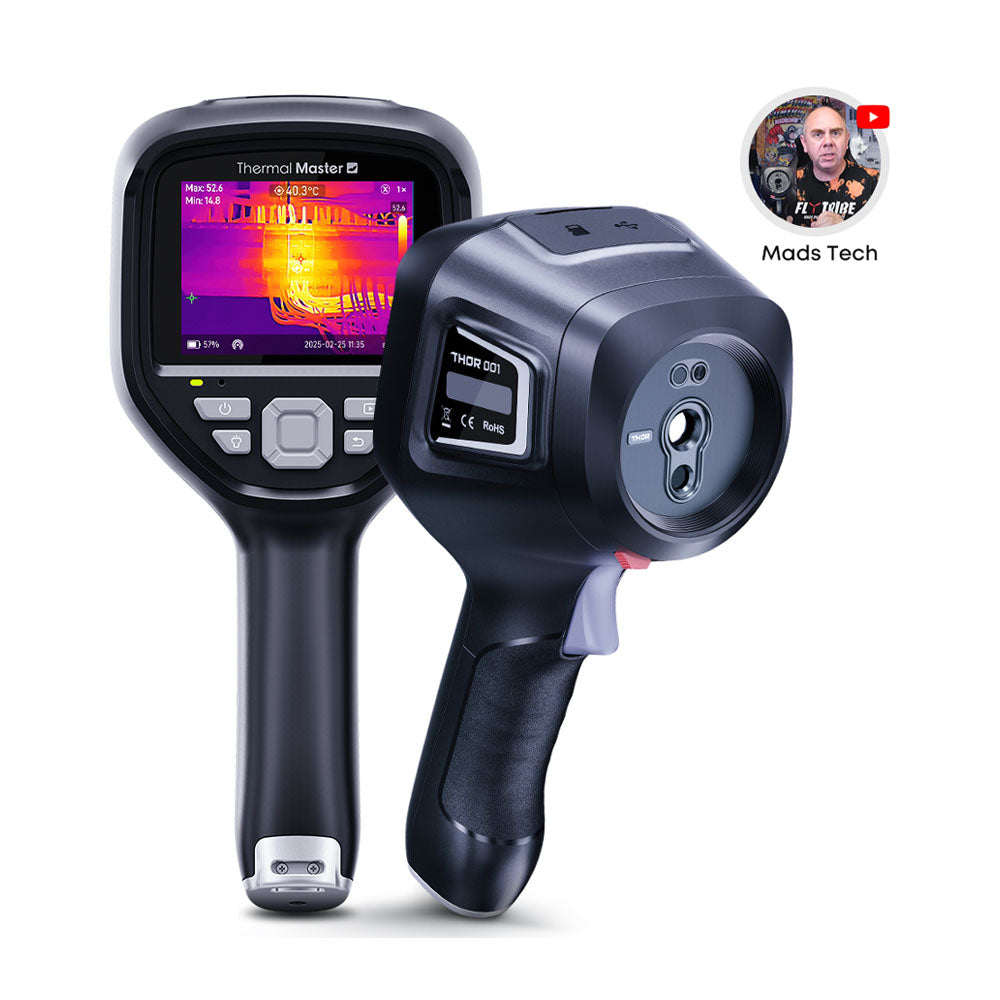

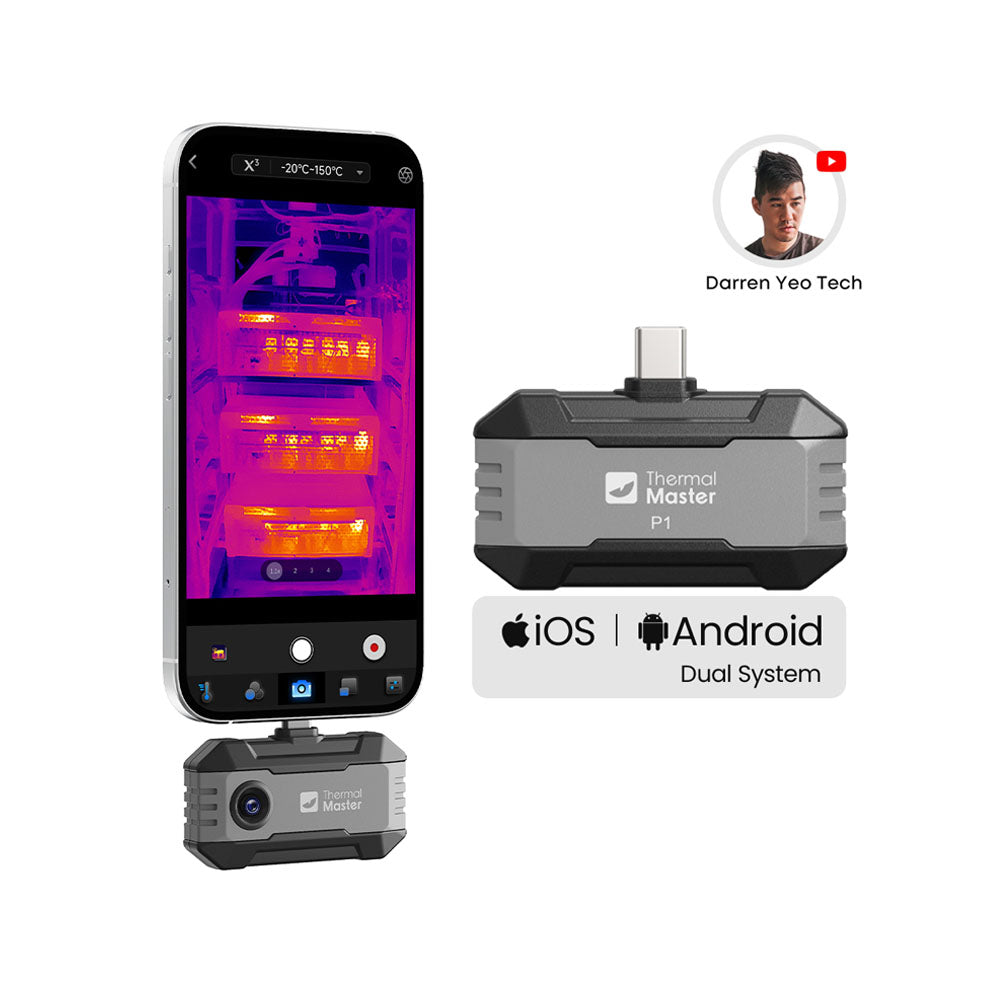
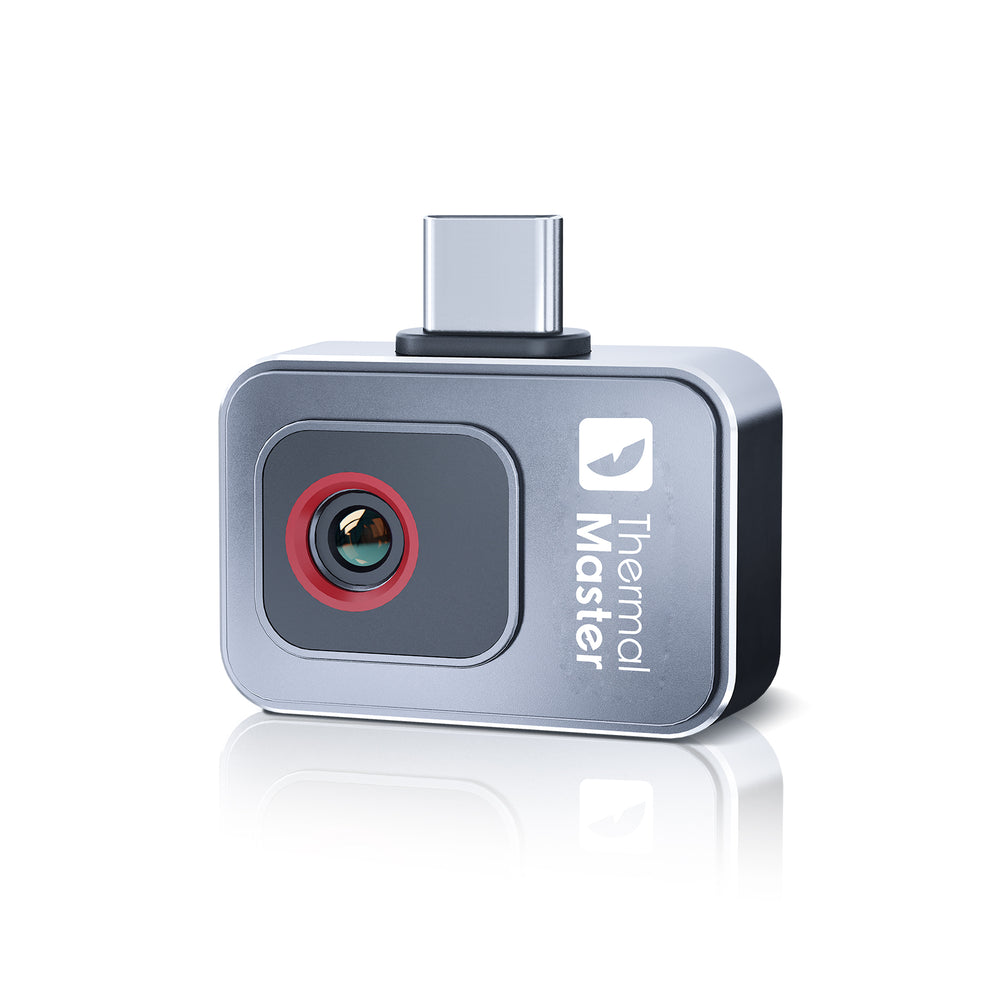
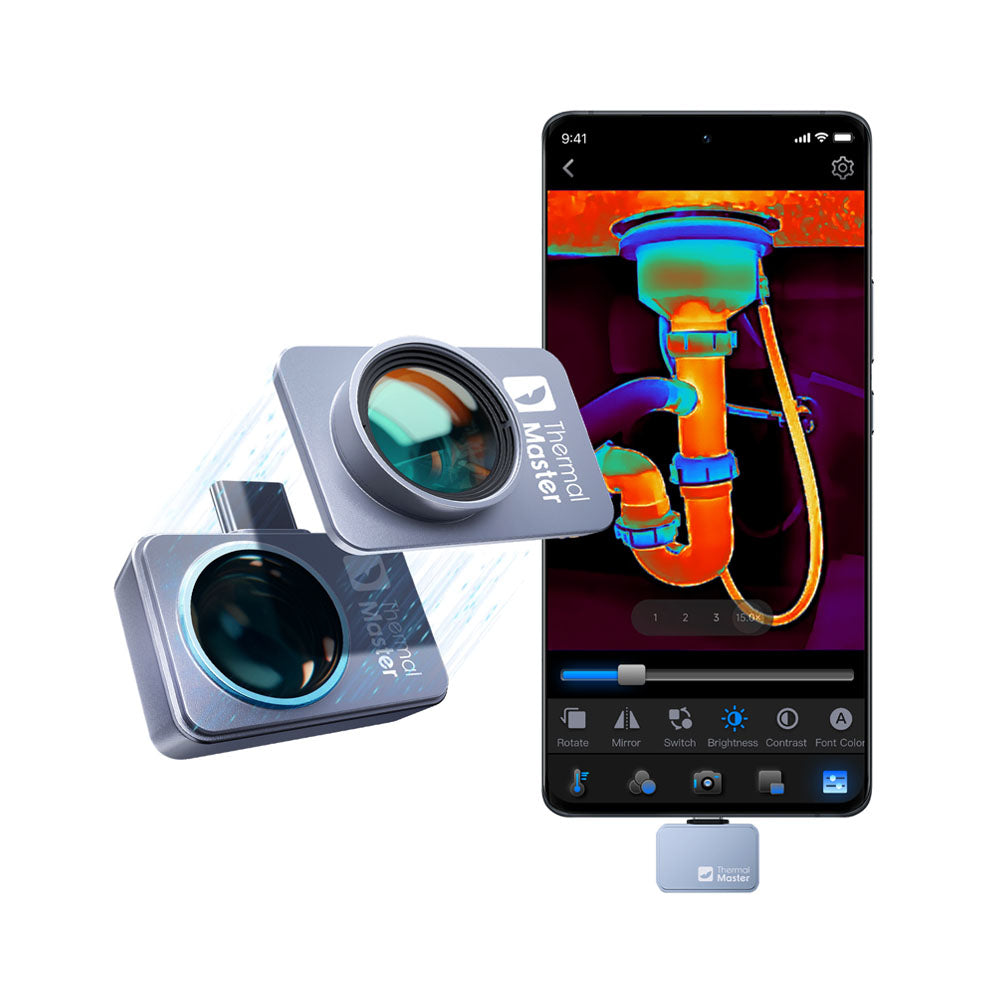

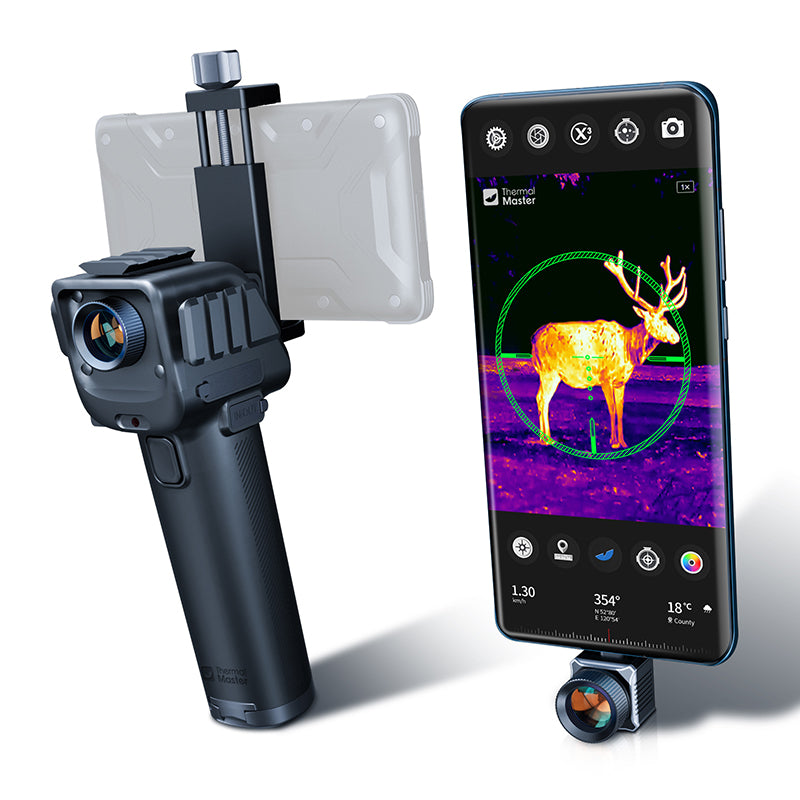
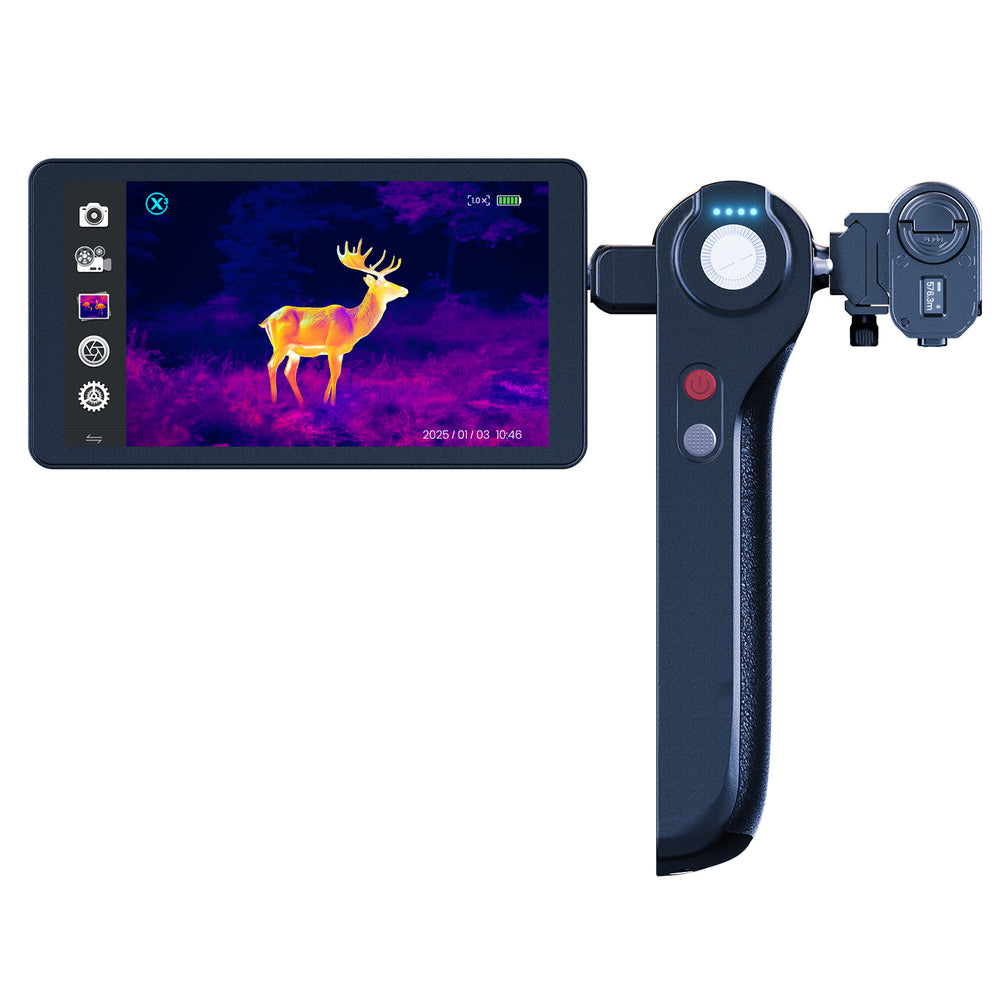
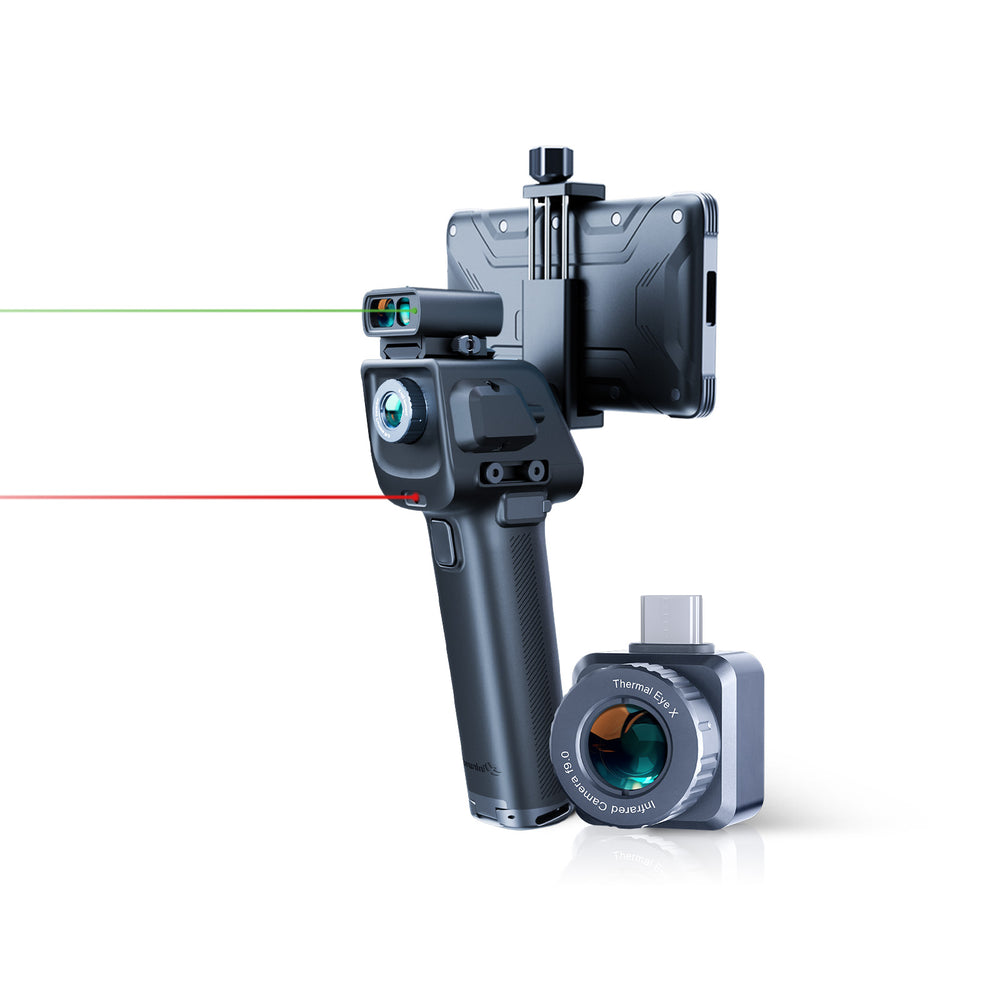
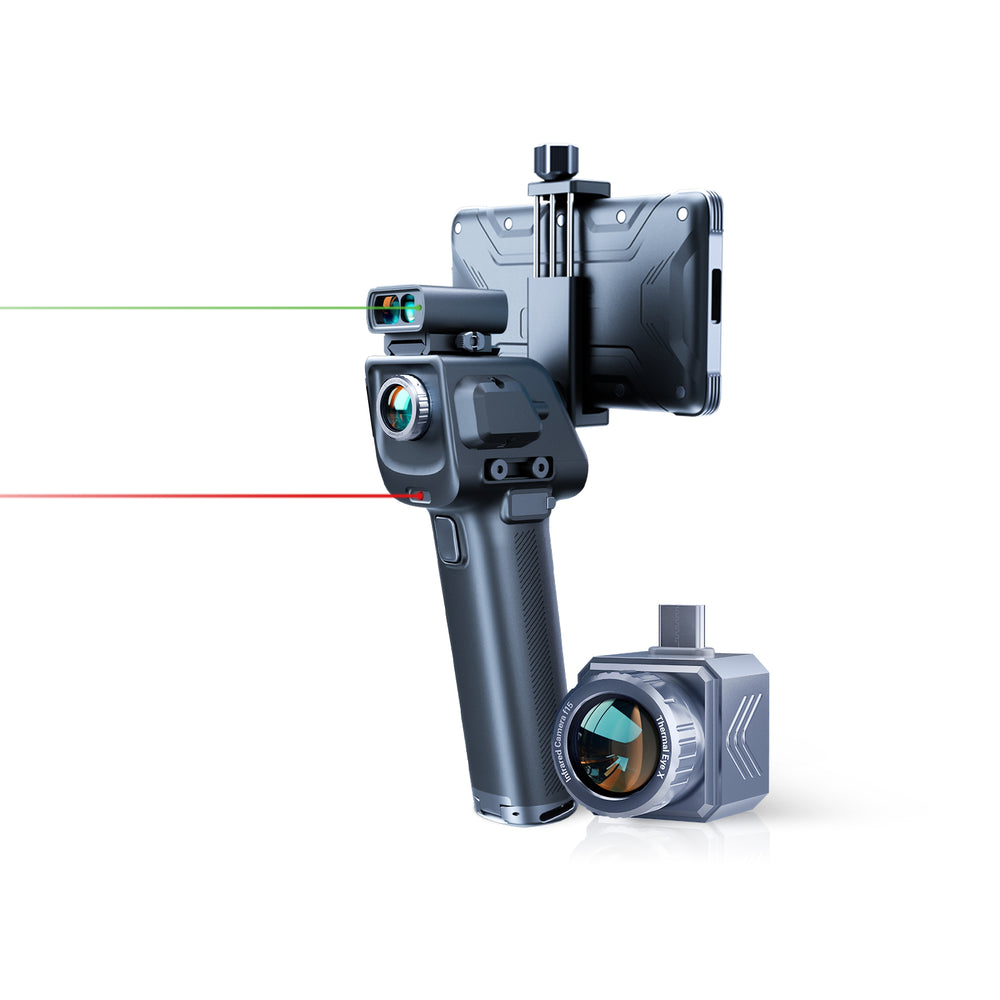
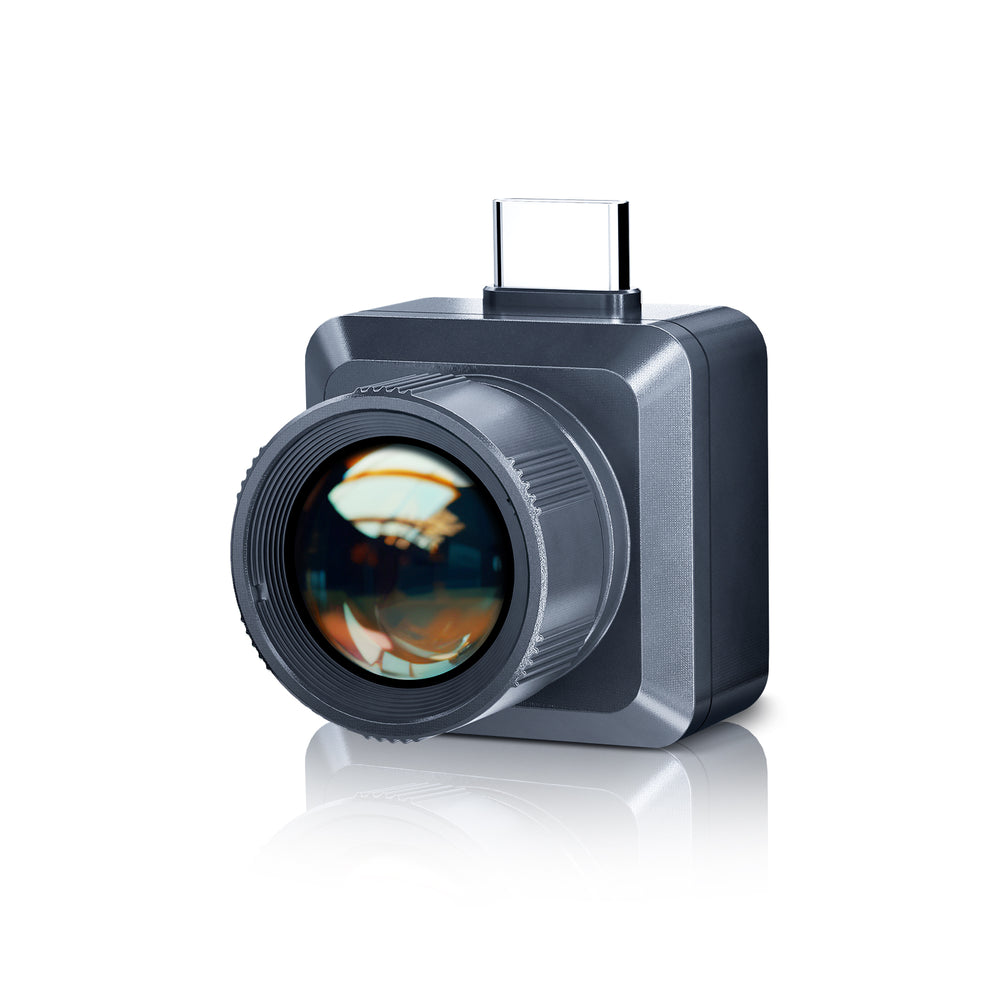
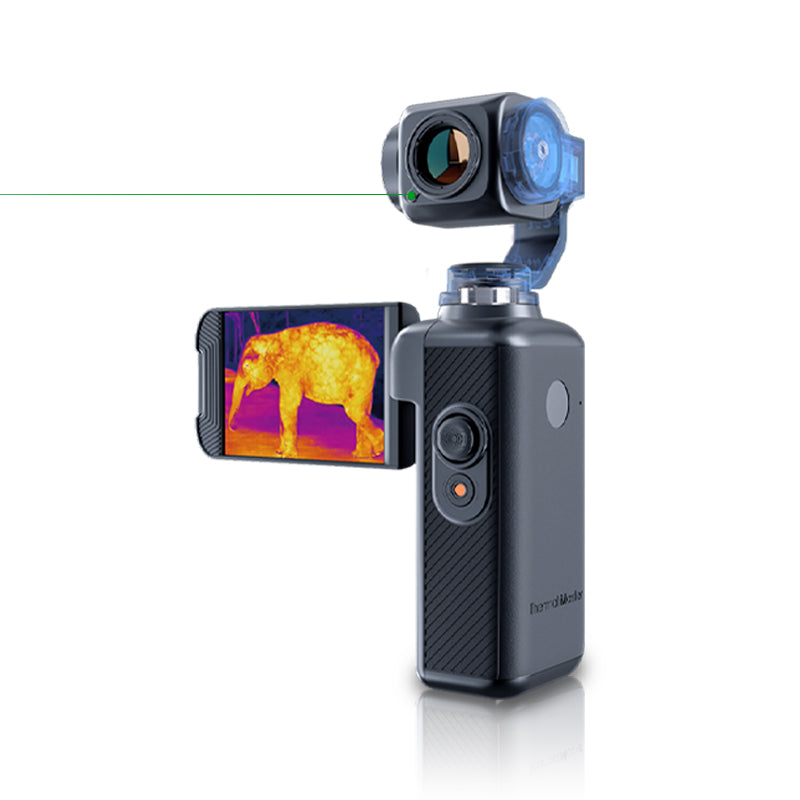
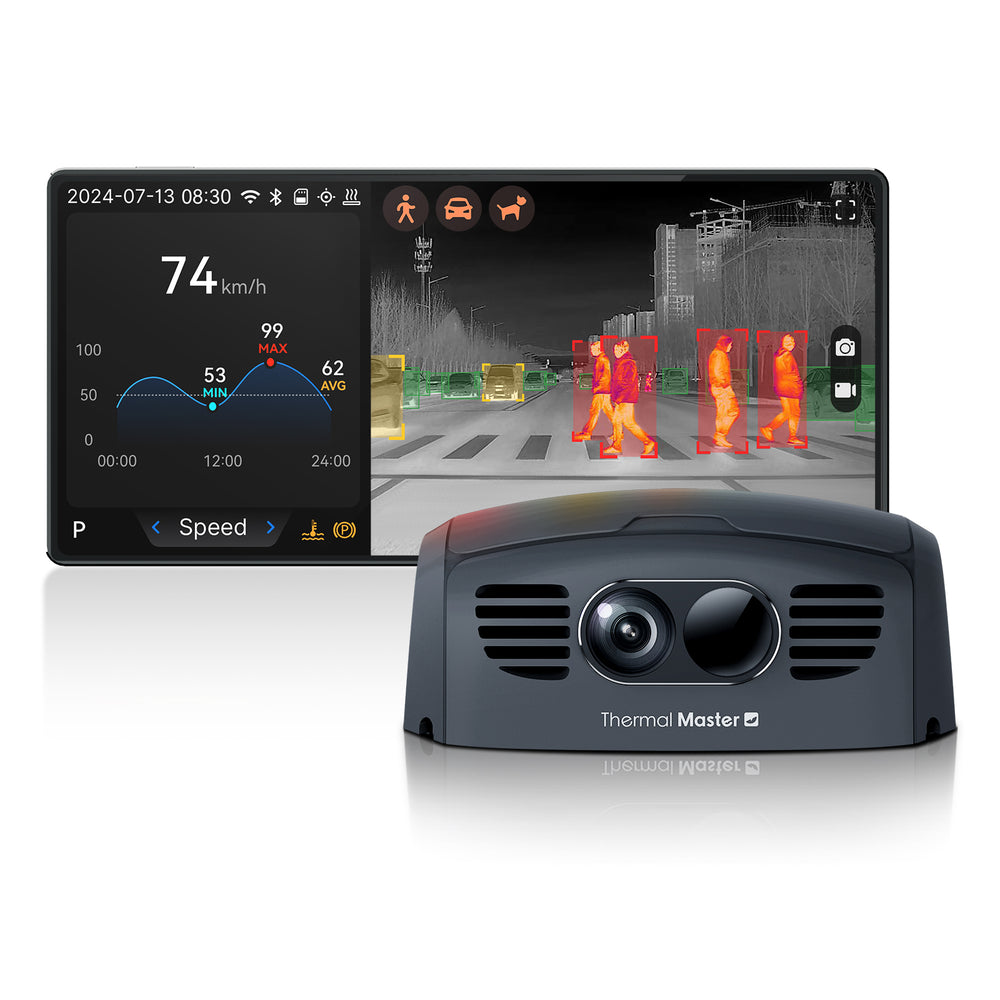
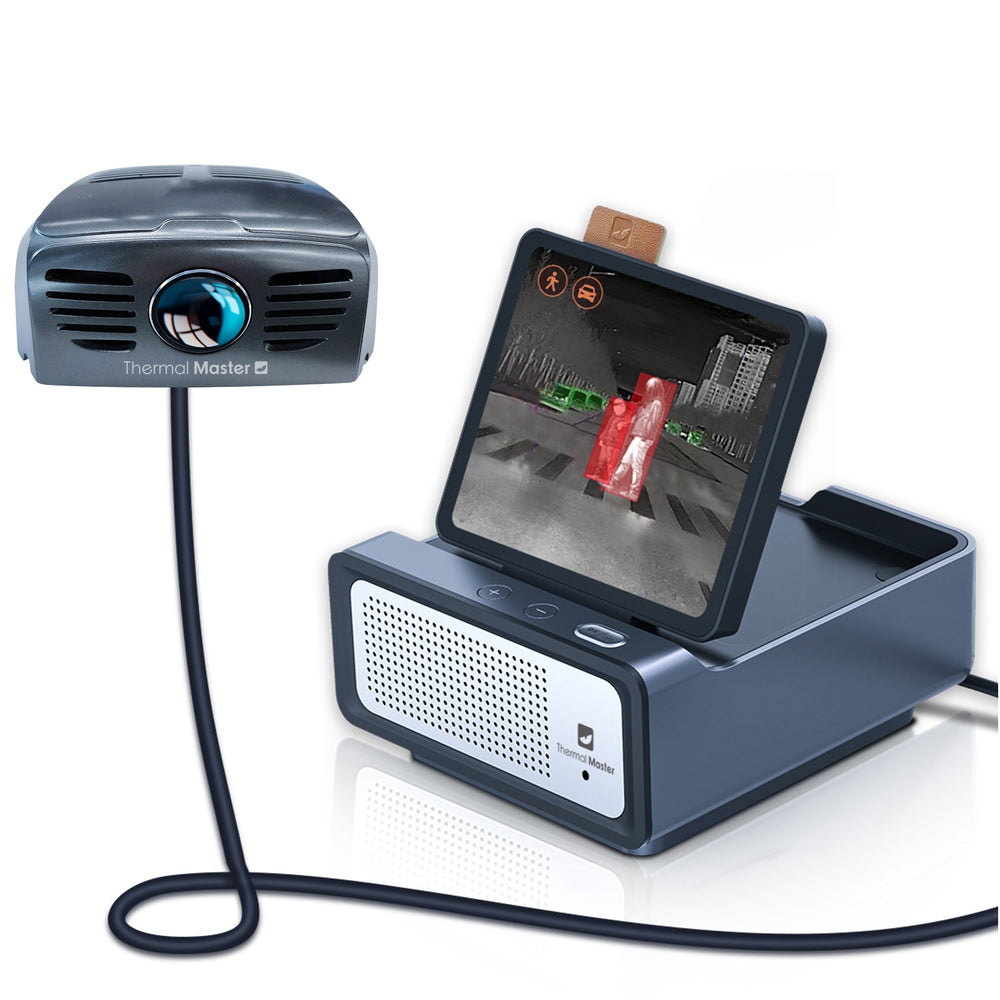
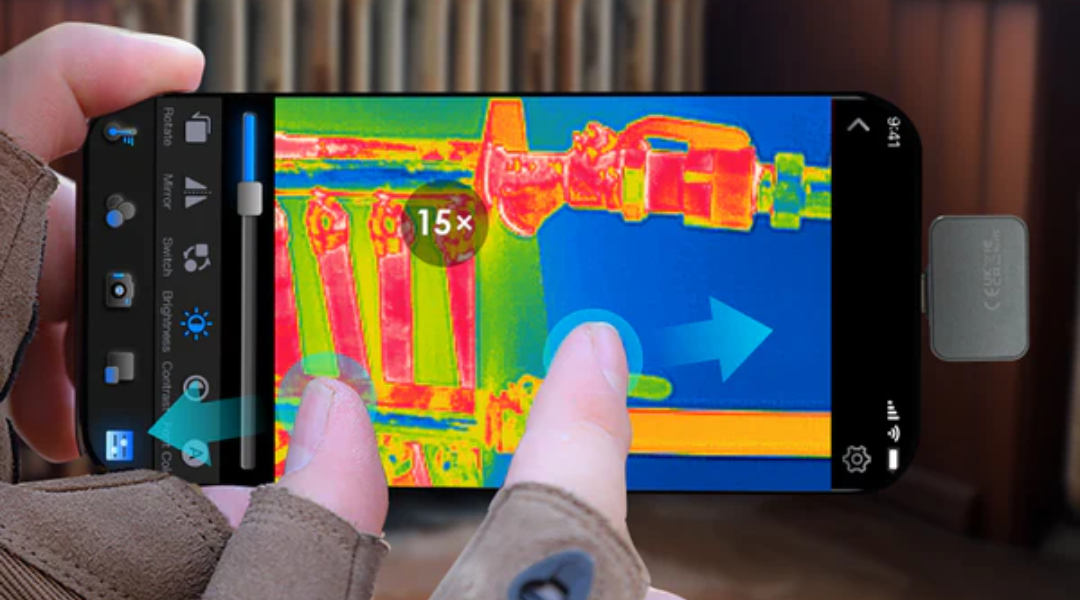
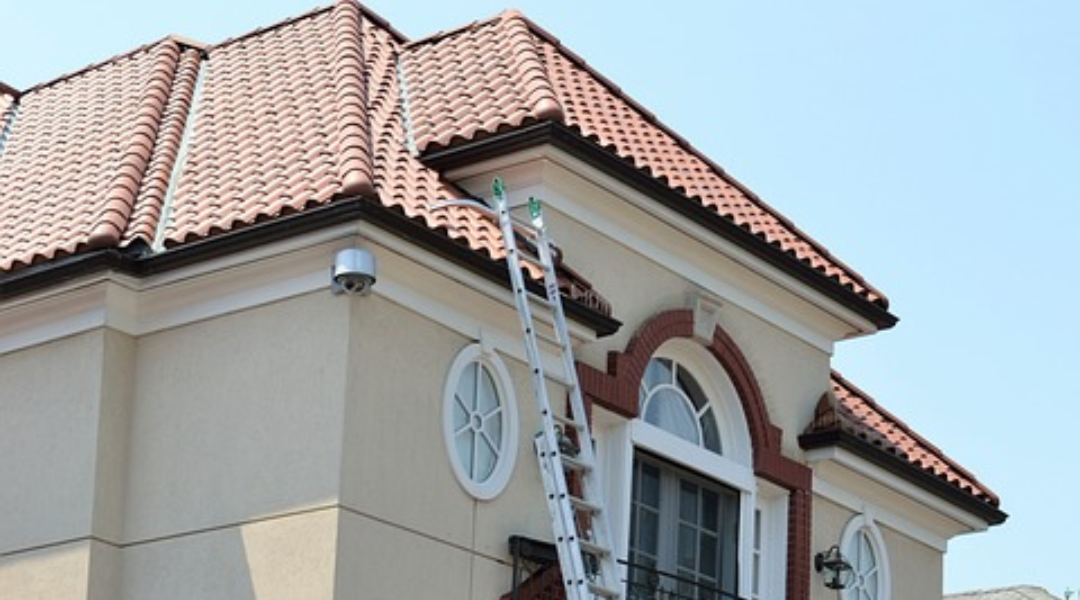
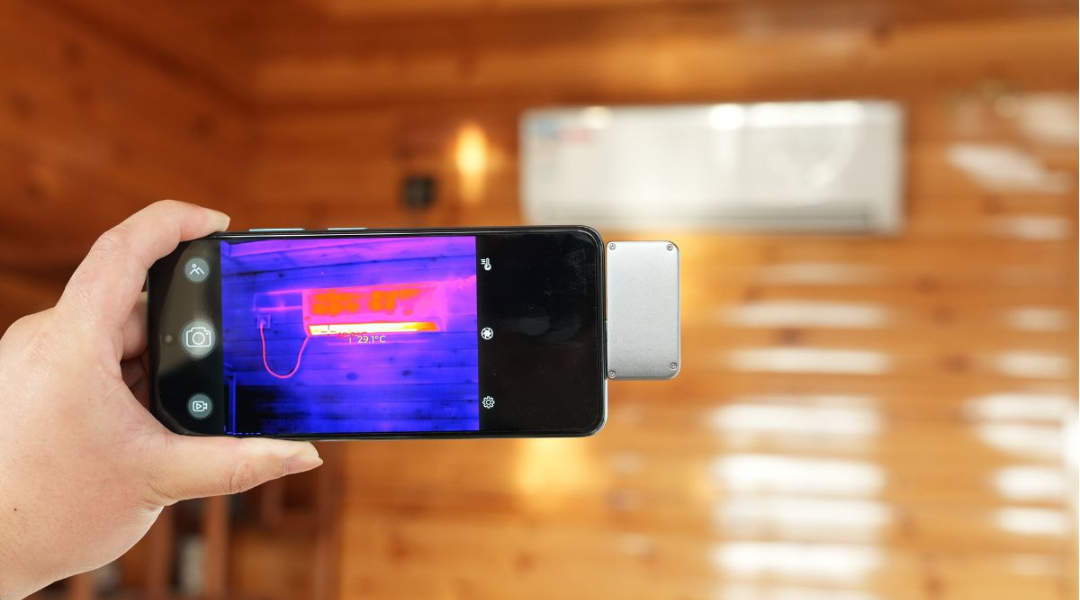
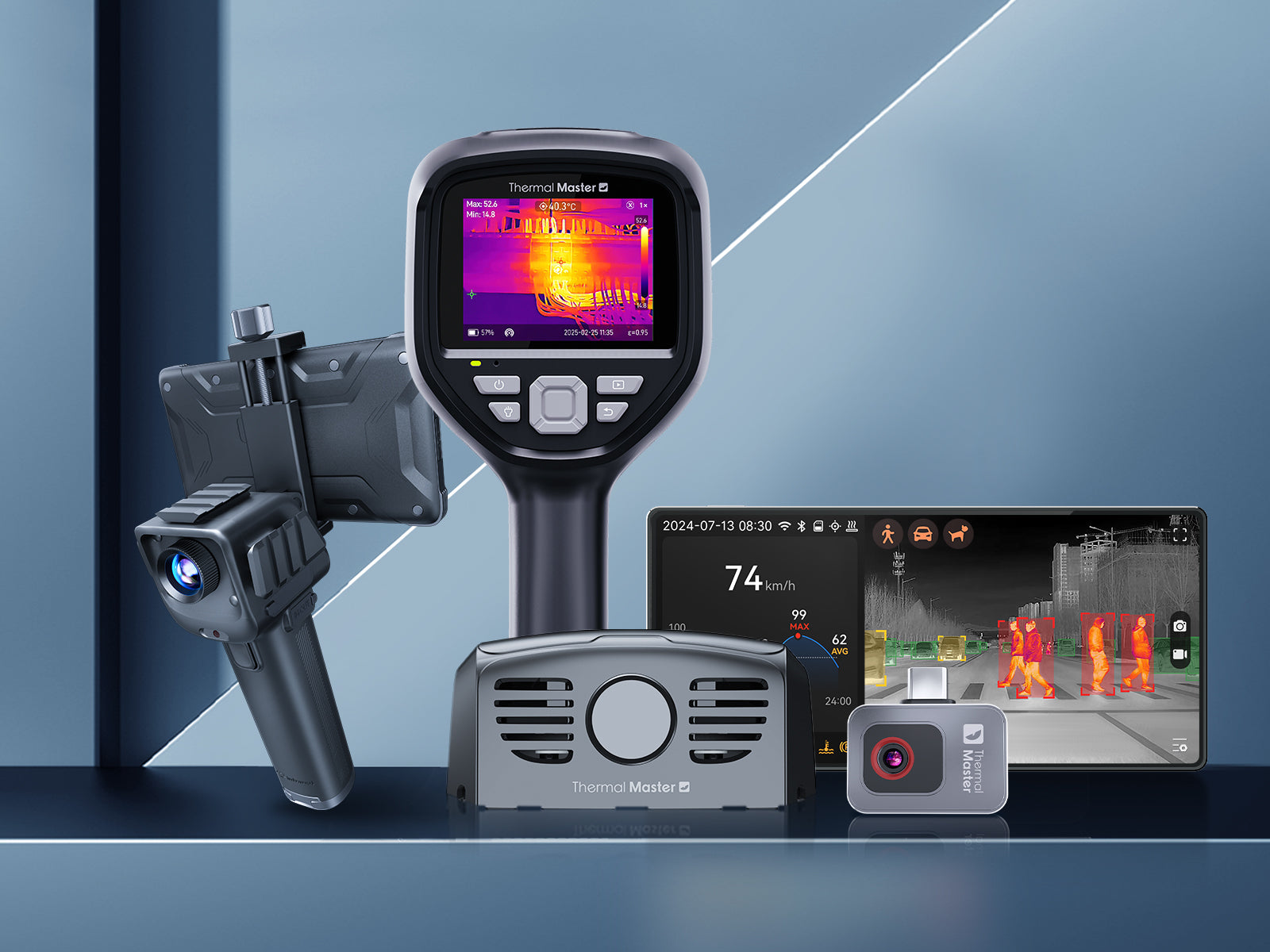
Leave a comment
All comments are moderated before being published.
This site is protected by hCaptcha and the hCaptcha Privacy Policy and Terms of Service apply.